A Sideways Look at the Future of Higher Education
Edsurge
JUNE 17, 2021
The Federal Communications Commission in 1975 established regulations limiting media cross-ownership. Then came the Internet, along with alternative news sources, social media, podcasts, blogs and the rest. By 1953, newspapers owned 40 percent of TV stations in the U.S. and 64 percent of the radio stations in operation.

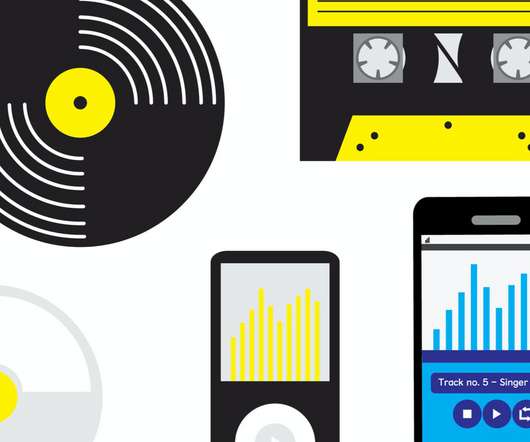
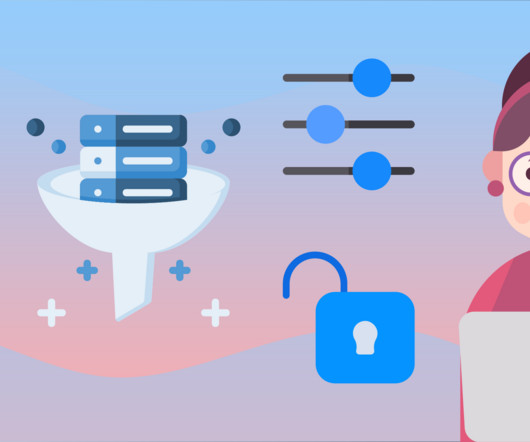

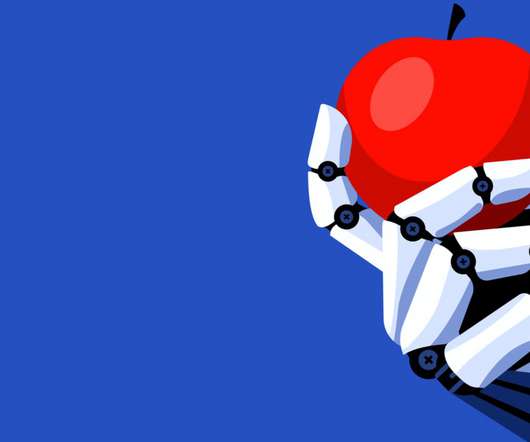
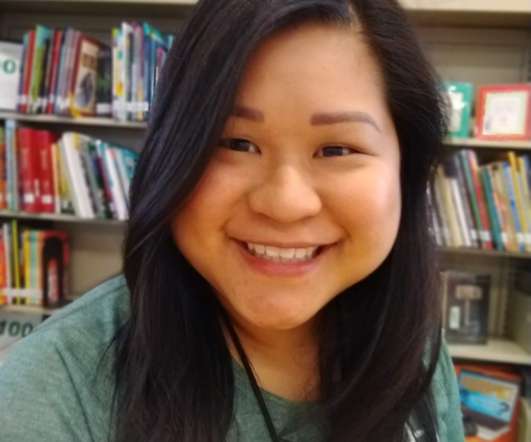



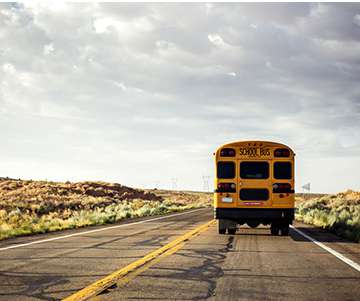
























Let's personalize your content